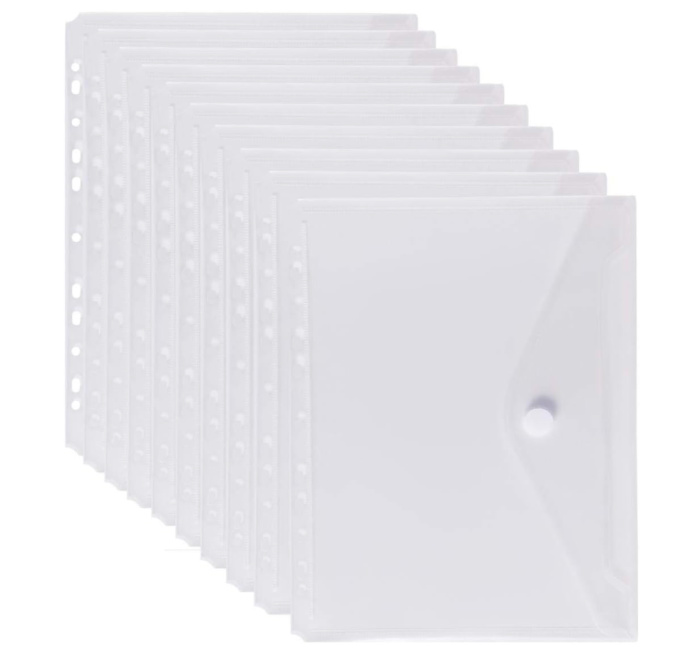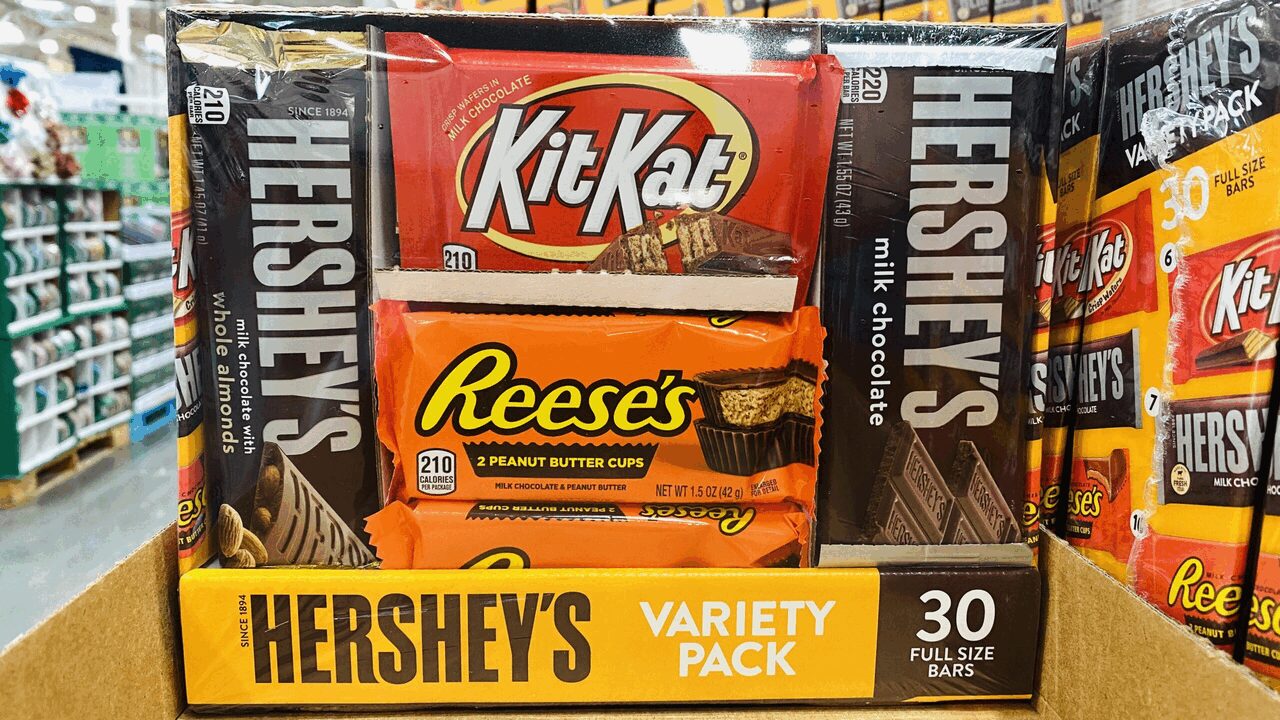This Viral ‘Bug-Out Binder’ Is The Emergency Binder Your Family Needs. Here’s How To Make One.
You can never predict when an emergency is going to happen.
It’s more important than ever to be proactive and ready for any emergency situation.

When tragedy strikes, many families are left scrambling with what to do.
And, that’s where this “Bug-Out Binder” comes into play.

What Is A “Bug-Out Binder?”
It is an emergency binder that you have ready at the drop of a hat in case you find yourself in an emergency situation.
Now, there are plenty of “Bug-Out Binders” that you can purchase online, like this one HERE.

Or, you can just make your own.
A “Bug-Out Binder” is totally simple to make. It only takes a few simple supplies to bring it to life.

What Do You Need To Make A “Bug-Out Binder?”
- A 2-inch Binder — you can go bigger or smaller, but a 2-inch binder is a safe place to start.
- 3-hole Dividers With Pockets
- 3-hole Binder Envelopes


What Should You Include In A “Bug-Out Binder?”
Identification — This includes birth certificates, marriage certificates, passports, and social security cards. You will need these on hand for everything from getting the kids into a new school, starting new jobs, or — heaven forbid — death certificates.

Home Related Information — This will include any warranties on appliances, mortgage information, homeowner’s insurance, information on your landlord if applicable, and any other information that pertains to the house.
Car Related Information — This includes any information on loans, any info on insurance, info on Gap Insurance, titles, and phone numbers to repair shops you use.

Bills — Any bills you currently pay, including payoff amount, minimum payments due, the date they are due, account numbers, bill-pay websites, and passwords and usernames for these websites.
Banking Information — Passwords, user names, account numbers, any bills that are automatically debited, and the date they are debited. Also include any Powers of Attorney that might be needed in case of emergency.

Financial Summary — Here you want to list stocks, bonds, or CDs that you might have, including account numbers, passwords, and usernames. Also include information on any 401K you might have through work.
Passwords — You can’t have these listed too many times. In the chaos of an emergency, people will need to be able to easily access your accounts. Include banking, bills, social media, e-mail, Amazon, other sites you purchase from, school grade websites, and any other passwords you might think are important.

Insurances — This includes information on car insurance, house insurance, life insurance, and medical insurance. Include account numbers, passwords, and usernames. Also include how much the insurance costs, when it comes out of your account (or when you pay it), and the payout amounts if applicable.
Will — Your loved ones will need this in the case that the worst happens. It will be one less thing for them to worry about.

Power of Attorney Information — This includes medical and financial Powers of Attorney. You will need to have the original paperwork that includes the notary seal.
School Information — This will be very helpful in case someone needs to quickly take care of your kids. Have their school phone number, the principal’s name, their teacher’s names, and any website information they use for assignments. Include passwords and usernames.

Loans — Include student loans, personal loans, car loans, and your mortgage. Make sure there is contact information, monthly payment info, website info, passwords, and usernames.
Medical Information — List any medical issues that each family member might have. Any medications they may take, the milligram amount, and the frequency. Also list allergies, and doctor information, including phone numbers. You can also have shot records in this section.







